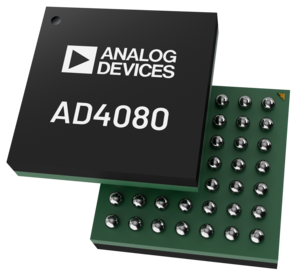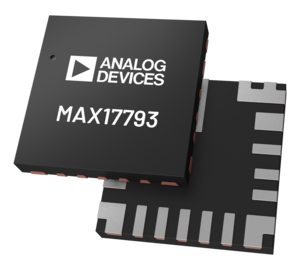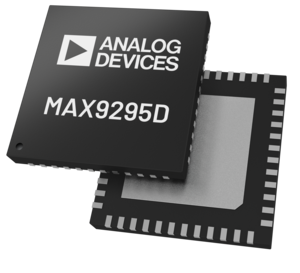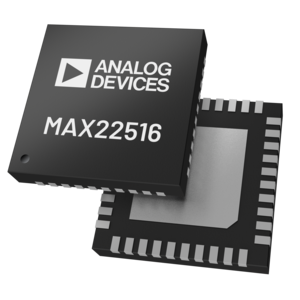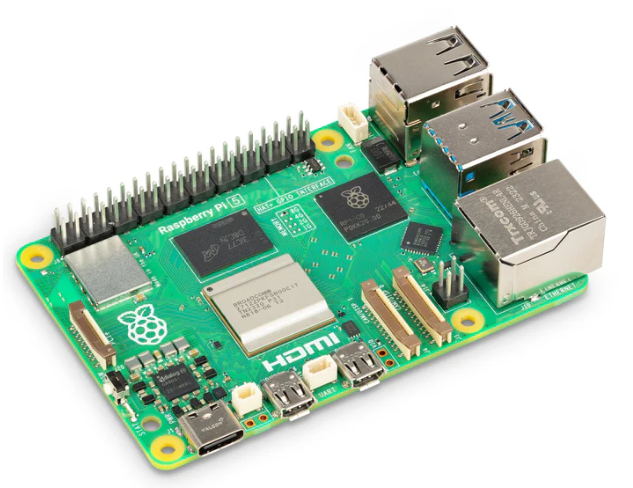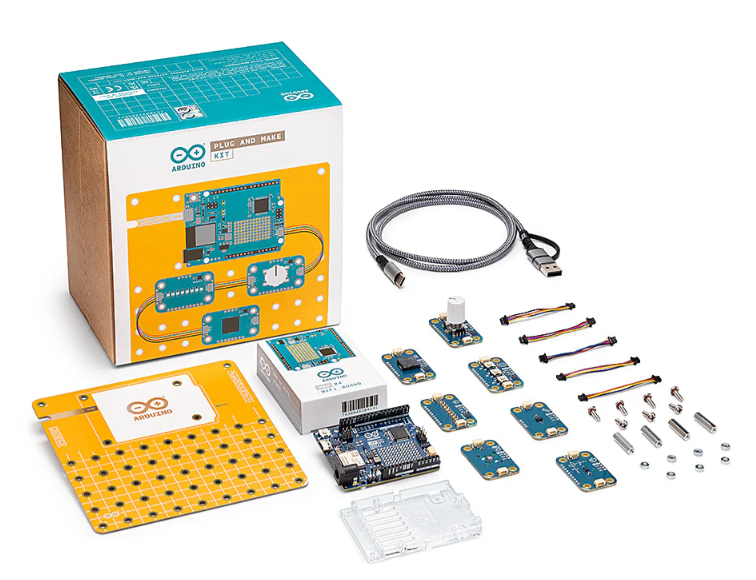 E-mech
E-mech
Photo MOSFET relay replaces electro-mechanical relays
PCIM Europe 2017: Designed for industrial and automotive applications, the ASSR-601J high-voltage photo MOSFET relay has been released by Broadcom.
Electromechanical relay switches range from 5.85 GHz to 40 GHz
Pasternack has introduced 28 new waveguide electromechanical relay switches that offer full waveguide performance covering C, X, Ku, K and Ka frequency bands from 5.85GHz to 40GHz. They are suitable for applications that include electronic warfare, electronic countermeasures, microwave radio, VSAT, SATCOM, radar, research and development, space systems and test instrumentation.
High voltage reed relays on display at TUG 2017
The high voltage Single-In-Line (SIL/SIP) reed relay range from Pickering Electronics has expanded to include three new series that all offer higher packing density. The series 67 and 68 dry reed relay range for up to 10kV, and the series 119 Micro-SIL range for up to 3kV. The company claims that the series 119 is the industry’s smallest high voltage SIL/SIP Reed Relay for up to 3kV stand-off. 1 Form A, 2 Form A and 1 Form B versions a...
Drive safely with magnetic arc blow out relay
The design of the DG55M automotive general purpose magnetic arc blow out relay is exclusive to Durakool and switches up to 20A at 80VDC, operating at 40A continuous capacity (at 23°C). This mini ISO relay’s special terminal arrangement ensures HVDC safety while fitting standard ISO relay sockets such as Durakool’s DZ85AB-5-WH2.
Compact power relay guarantees 8mm creepage distance
Manufacturer and distributor of electromagnetic and electronic components, ZETTLER electronics, has introduced its new AZ 6960 relay series. Housed in a low profile package with a height of 12.5mm, the sensitive subminiature power relay guarantees a creepage and clearance distance of 8mm as well as basic insulation according to IEC 60664-1. A 5kV coil-contact dielectric strength and a 1kV dielectric strength between open contacts ensure that the ...
Relays in safety-related control systems
There are no fewer than seven ways for even a simple transistor to fail. This means that monitoring all the electronic components that may be defective in a safe electronic switching output calls for considerable effort and the use of such things as a clocked fail-safe unit and microcontrollers (Figure 1).
Relay design evolves to address new applications
Electromechanical relays are continually evolving and adapting to meet the requirements of new generations of applications. For example, longer endurance power relays are needed to address smart meter applications and devices that can withstand higher inrush current are required for inductive load applications like energy efficient lighting.

